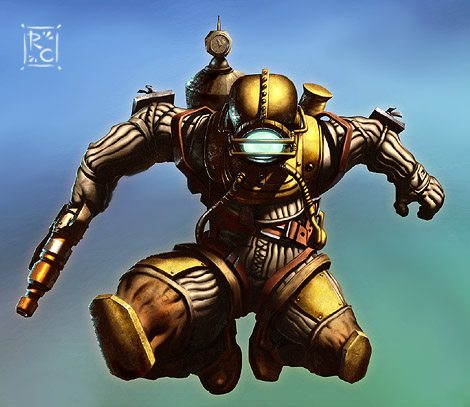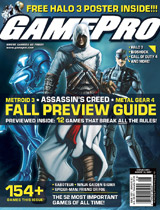On a mission to add more traditional beauty to the chaos of the modern world.
As an artist, I embrace the beauty of tradition amid the chaos of the modern world. I create fantasy-inspired illustrations and fine art that blend old and modern techniques. My work is bold and adventurous, exploring the depths of the imagination across various mediums.
As a composer, I write epic and evocative orchestral music that draws inspiration from ancient mythologies and spiritual realms. My creations resonate with the universal themes of heroism, honor, and the transcendent power of spirituality, capturing the essence of timeless stories and emotions.
Latest Music
Instagram Feed
Latest from the Blog
The Role of Artists in the Age of AI
As we enter an era dominated by generative AI, artists face existential questions about their role in society. While AI can produce stunning visuals at incredible speed and negligible cost, I believe this technological revolution presents an opportunity for artists to redisc [...]
Photoshop Tutorial: Bioshock Videogame Digital Painting
In this walkthrough I explain how I used Photoshop and a Wacom Tablet to paint a character from the new videogame Bioshock for GamePro Magazine. This walkthrough gives you an overview on how to use textures in a digital painting. Enjoy! […]
New GamePro Magazine Cover Painting
GamePro Cover I had the honor to paint the cover for GamePro again recently. It's out now, the August 2007 issue, featuring 3 characters from super well known videogames: Assassin's Creed, MGS and Metroid Prime. The line art art was drawn by Joe Ng (another UDON artist). C [...]



